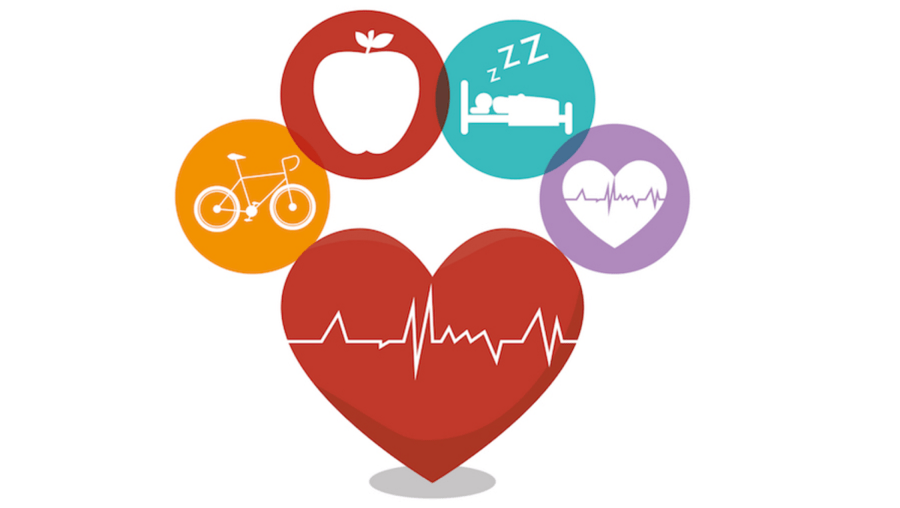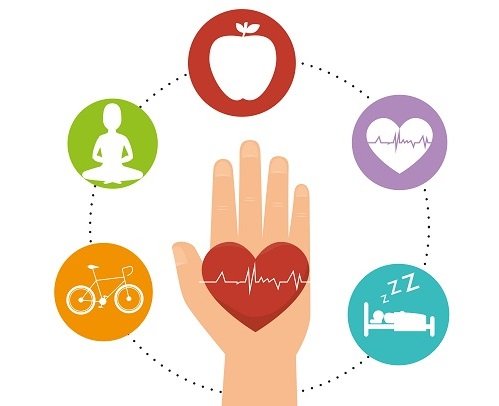15 Tips for Preventing and Managing Seasonal Allergies

Updated at: 2023-07-04 19:50:11 (2 years ago by Melkisedeck Leon Shine)
15 Tips for Preventing and Managing Seasonal Allergies
🌸 Spring is in the air, but unfortunately for many, so are seasonal allergies. If you find yourself sneezing, itching, or experiencing a runny nose during this time of year, fret not! Here are 15 practical tips to help you prevent and manage those pesky seasonal allergies.
1️⃣ Keep an eye on pollen counts: Stay informed about the daily pollen count in your area. This information can be easily found online or through weather apps. On high pollen days, try to limit your outdoor activities.
2️⃣ Create an allergen-free zone: Designate a specific room in your home as an allergen-free sanctuary. Keep windows closed, invest in an air purifier with a HEPA filter, and regularly clean and dust surfaces to minimize allergen buildup.
3️⃣ Say no to open windows: As tempting as it may be to let the fresh air in, open windows are an invitation for pollen to infiltrate your home. Keep them closed during high pollen periods.
4️⃣ Shower before bed: Pollen can accumulate on your hair and skin throughout the day. Taking a quick shower before getting into bed will help remove any lingering allergens, ensuring a restful night's sleep.
5️⃣ Opt for sunglasses: Wearing sunglasses when you're outdoors can act as a barrier, preventing pollen from coming into contact with your eyes and reducing the chances of allergic reactions.
6️⃣ Keep pets clean: If you have furry friends, make sure to groom them regularly to remove any pollen that may have collected on their fur during outdoor playtime.
7️⃣ Wash bedding frequently: Allergens can accumulate on your bedding, so it's vital to wash your sheets, pillowcases, and blankets regularly. Use hot water to effectively remove any allergens and minimize your exposure.
8️⃣ Monitor indoor humidity levels: High humidity can contribute to the growth of mold and dust mites, aggravating allergies. Maintain indoor humidity levels between 30% and 50% to keep allergens at bay.
9️⃣ Vacuum with a HEPA filter: Regularly vacuum your home using a vacuum cleaner equipped with a HEPA filter. This technology captures even the tiniest allergen particles, ensuring cleaner air.
🔟 Use allergy-friendly cleaning products: Some cleaning products contain harsh chemicals that can irritate allergies. Opt for natural or allergy-friendly alternatives to minimize exposure to potential triggers.
1️⃣1️⃣ Wear a mask when doing outdoor chores: If you must do yard work or other outdoor tasks, wearing a face mask can help filter out pollen and reduce your exposure.
1️⃣2️⃣ Consult with an allergist: If your allergies are severe or persistent, it's essential to seek professional advice. An allergist can conduct tests to identify specific allergens and recommend appropriate treatments.
1️⃣3️⃣ Consider medication options: Over-the-counter antihistamines, nasal sprays, and eye drops can provide temporary relief from allergy symptoms. Consult with a healthcare professional to determine the best medication for you.
1️⃣4️⃣ Stay hydrated: Drinking plenty of water can help thin mucus secretions and alleviate congestion, providing relief from allergy symptoms.
1️⃣5️⃣ Stay up-to-date with immunotherapy options: Immunotherapy, such as allergy shots or sublingual tablets, can offer long-term relief for individuals with severe allergies. Discuss these options with your allergist to see if they are suitable for you.
Remember, prevention is key when it comes to managing seasonal allergies. By following these tips and staying proactive, you can minimize your symptoms and enjoy the beauty of spring without the discomfort of allergies. 🌼🌱






